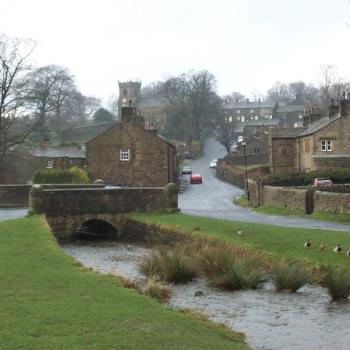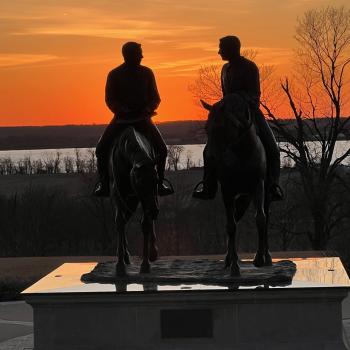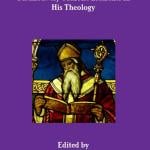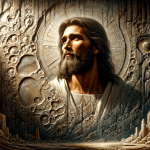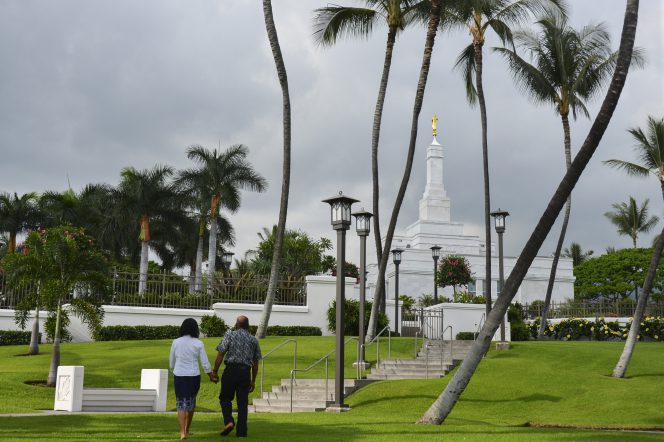
***
A new review article appeared earlier today in Interpreter: A Journal of Latter-day Saint Faith and Scholarship:
“A Deeper Understanding of the Temple in 175 Entries,” by David M. Calabro
Review of Donald W. Parry, 175 Temple Symbols and Their Meanings (Salt Lake City: Deseret Book, 2020). 310 pages. $26.99 (hardcover).
Abstract: In a must-have book written for a Latter-day Saint audience, Donald Parry offers profound insights into 175 features of ancient and modern temples, including architectural features, aspects of ritual, and temple-related doctrine.
***
Here are a couple of passages from the late Hugh Nibley that I love:
We are pushed onto this earthly stage in the middle of the play that has been going on for thousands of years; we want to play an intelligent part and, in whispers, ask some of the older actors what this is all about—what are we supposed to be doing? And we soon learn that they know as little about it as we do.
Who can tell us the plot of the play? The sophic mind assures us that the play is simply a product of lighting, rocks, and wind and has no plot aside from the plots we invent for it. In that book things just happen—and there is no way of proving that that is not so. The mystic makes a virtue of the incomprehensibility of the whole thing; he submerges himself in the darkness of unknowing and wallows in his self-induced and self-dramatizing mood of contradictions: he is strictly a sophic, not a mantic, product.
The mantic admits that the play is incomprehensible to people of as little knowledge and experience as ours and insists for that reason that if we are to know anything at all about it, our knowledge must come from a higher source, by revelation. According to the mantic way of thinking, things do not just happen—and there is absolutely no way of proving that that is not so. The same starry heavens that have supplied the mantic with irrefutable proof since time immemorial that things do not just happen have always been the most self-evident proof in the world to the sophic that things do just happen.
“Sophic and Mantic,” CWHN 10:370-71
Literature and art can help us enjoy or endure the play (of life), but cannot, by their own confession, tell us what it is about. Science as such confines itself rigorously to examining the props on the stage—measuring and describing tangible objects. It renounces the goal of comprehending the play as a whole. Philosophy would like to tell us what the play is about, but will not allow itself to run out of scientific bounds; it remains a scavenger in the camp of science. Religion alone can, if anything can, tell us the plot of the play from beginning to end—the eschatology without which it has no meaning. Even the layman cannot be indifferent (because):
a) We were made that way; we cannot rest until we know what it is all about (Aristotle, Augustine).
b) Indifference to eschatology is the mark of sterile societies, and can even be dangerous (Avicenna).
c) It is the unknown that appeals most: science and art can only promise more of the same; religion alone has the excitement of infinite possibilities (Whitehead).
Eschatology is not philosophy, ethics, or aesthetics. It deals exclusively with things that really happen.
“Eschatology,” 1-2
***
I did some rummaging for you the other day in the infinitely capacious Christopher Hitchens Memorial “How Religion Poisons Everything” File© but then, unfortunately, allowed myself to become a bit sidetracked and failed to share my discoveries. So, remembering that, for some of my readers at least, the outrages and depravities committed by theism have no time stamp or sell-by date — e.g., modern Quakers are very nearly as responsible for the Inquisition and the Crusades as the actual perpetrators were — I’m going to share them here despite the delay:
“How Properly Fitted Wheelchairs Are Blessing Lives in South Africa”
“Elder Nattress Shares How Individuals Can Assist the People of Tonga Following Natural Disaster”
On a different but still Hitchens-appropriate note, I found this of interest:
A quotation from the review: “[R]ates of psychopathology in adolescents are tremendously diminished through religious attachment. It turns out that teens actively involved in a church, temple, or mosque are less likely to drop out of school, self-harm, or suffer from despair. And if the goal is to prevent out-of-wedlock childbirth, it seems that religion is a powerful prophylactic. . . . [F]aith can alleviate despair.”
And, by the way, it appears that I’m sometimes not alone there in the Hitchens File. I’ve occasionally run into Dr. Lynn Johnson, who often comments here. He has kindly shared the following two items with me, which I now pass on to you:
“Religious Coping as Moderator of Psychological Responses to Stressful Events: A Longitudinal Study”
“Blessed assurance: Religion, anxiety, and tranquility among US adults”
A growing body of research investigates the possible relationships between religion and mental health. After developing a series of arguments linking various aspects of religion with anxiety and tranquility, we test relevant hypotheses using data from the 1996 General Social Survey. Results show that frequency of religious attendance and the belief in an afterlife are inversely associated with feelings of anxiety and positively associated with feelings of tranquility. However, frequency of prayer has no direct association with either outcome. Strong beliefs in the pervasiveness of sin are positively linked with anxiety but unrelated to tranquility. Finally, belief in an afterlife and frequency of prayer buffer the adverse effects of poor health and financial decline on anxiety. Implications of these findings are discussed along with study limitations and promising directions for future research.
Posted from Ko Olina, Oahu, Hawaii



